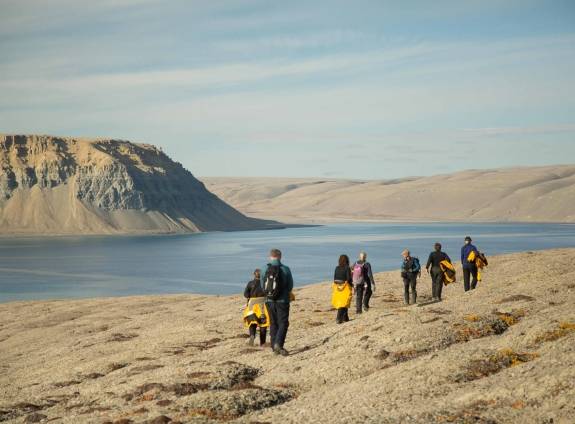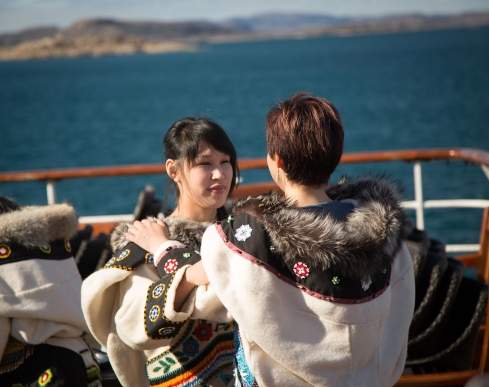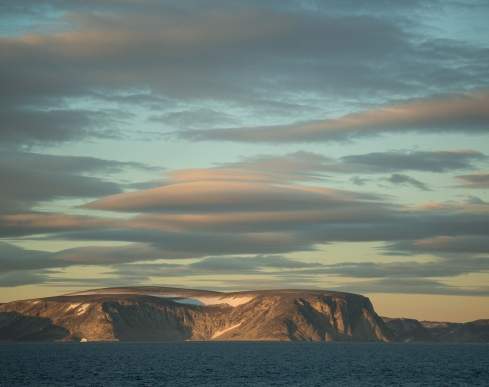The Canadian High Arctic is massive. Canada has more land mass in the Arctic region than any other country – but relatively little population base. Canada’s High Arctic includes lands in Northwest Territories, Yukon and Nunavut. There are more than 35,563 islands in the remote Canadian Arctic Archipelago, of which Baffin Island, the fifth-largest island in the world, is just one. Canada’s High Arctic territory is bounded on the east by the Beaufort Sea, on the northwest by the Arctic Ocean, and on the east by Greenland, Baffin Bay and Davis Strait. Its southern boundary is the Hudson Bay and mainland of Canada. This translates into endless mountains, glaciers, tundra, remote rocky shorelines, towering granite cliffs, and unending bodies of water to explore. The wildlife viewing is astounding: polar bears, grizzly bears, muskoxen, beluga whales, harp seals, walruses, and migratory birds, among other species.
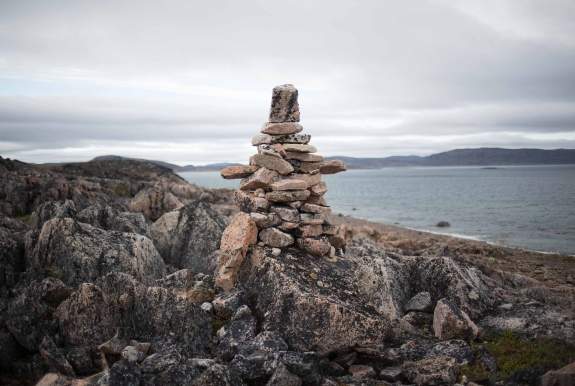
Overview

Expeditions to the Canadian High Arctic

Canada’s Remote Arctic: Northwest Passage to Ellesmere and Axel Heiberg Islands

Arctic Express Canada: The Heart of the Northwest Passage
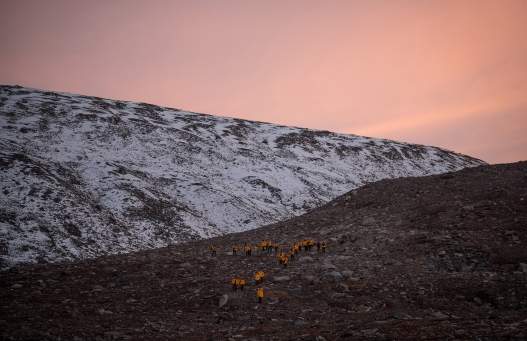
Northwest Passage: In the Footsteps of Franklin
Points of Interest
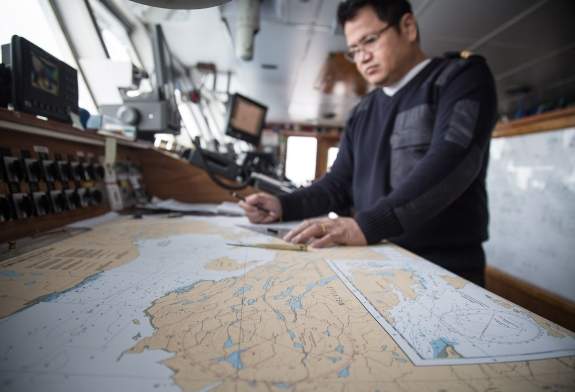
The Inuit call it Qausuittuq, which means “place with no dawn,” in reference to the long winter night. The Inuit hamlet of Resolute (population: 188) on Cornwallis Island in Nunavut has long been valued for its prime location along the Northwest Passage. It was named for the British vessel, HMS Resolute, which was abandoned in 1850 while searching for the Northwest Passage and the lost Franklin expedition. The surrounding regions is offers excellent wildlife viewing, much of it in nearby Tupirvik Territorial Park: polar bears, beluga whales, seals, walruses and migratory birds.

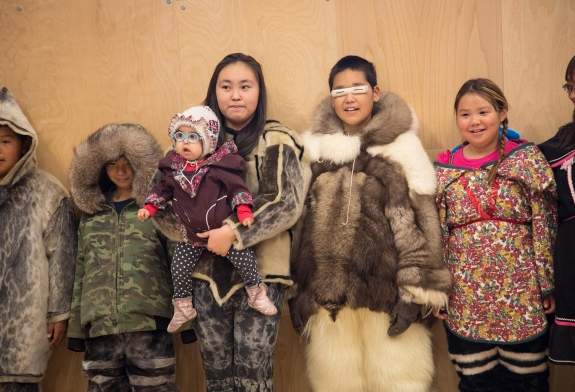
Its population numbers a mere 129 people, yet the Inuit hamlet of Grise Fiord is the largest community on Ellesmere Island. It’s also reportedly one of the coldest inhabited places on the planet with an annual average temperature of −16.5 °C. The word ‘Grise’ is Norwegian for ‘pig.’ It’s long been speculated that Norwegian explorer Otto Sverdrup named this place ‘pig fiord’ in 1899 in a nod to the grunting pig-like noises of the walruses. Despite the constant sunshine 24 hours a day from April through August, Grise Fjord never really warms up.

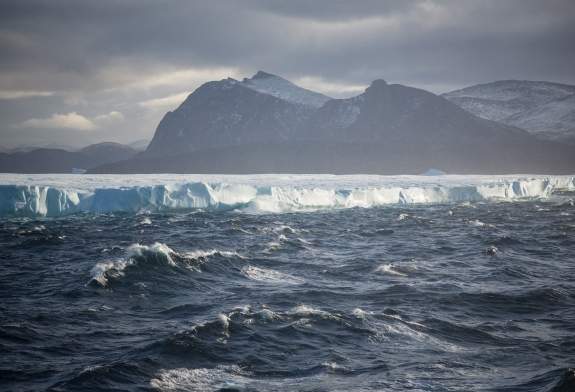
It’s the iceberg capital of Nunavut. The Inuit community of Qikiqtarjuaq (which means “the big island” in Inuktitut) is located just north of the Arctic Circle, on Broughton Island. Fondly called Qik, the hamlet is known for its Inuit artwork, crafts and jewellery.

Special Insights from Our Guests
We explored the Far North, discovering an Arctic world with wonderful new friends and grand daily adventures. We attended lectures, jumped into zodiacs for new shores, walked on the ice pack, learned about northern life and its peoples, and shared vibrant conversations at meals. Hotel staff very hospitable and expedition staff wise and fun. An outstanding adventure was had.
